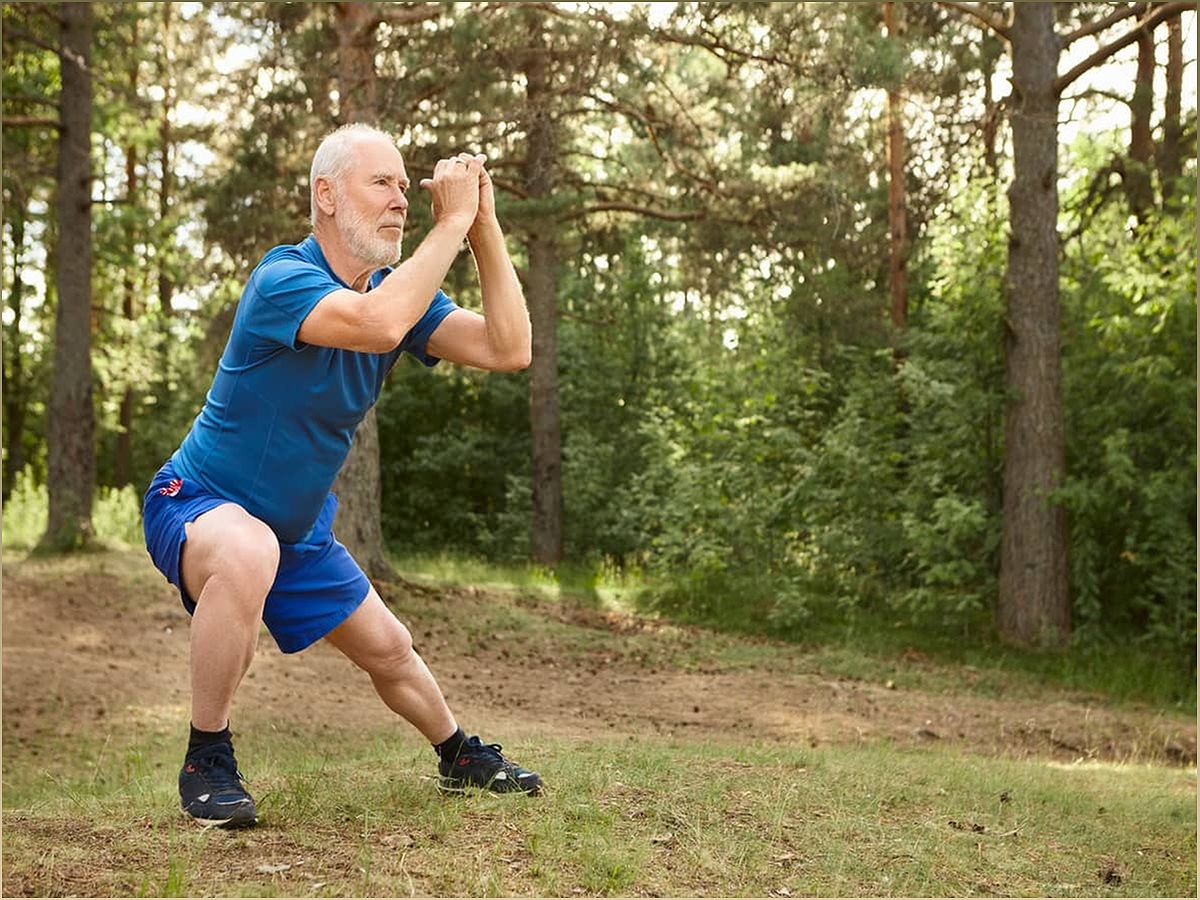The Importance of Exercise for Heart Health: Maintaining Physical Activity Through Middle Age
Exercise plays a crucial role in protecting your heart health as you age. Recent research emphasizes the importance of maintaining physical activity levels through middle age to prevent hypertension. While many individuals are physically active during their teenage years and early twenties, these patterns tend to change as they get older. However, studies show that sustaining higher levels of physical activity during young adulthood can be particularly beneficial in preventing hypertension. This article explores the link between exercise and heart health, highlighting the need for health promotion programs that encourage physical activity. It also addresses the social factors that can make it challenging for some individuals to maintain their exercise habits. Additionally, the article discusses the disparities in health outcomes between different racial groups, shedding light on the importance of addressing socioeconomic factors in promoting physical activity. By understanding the impact of exercise on heart health and implementing strategies to stay active throughout life, individuals can reduce their risk of hypertension and improve their overall well-being.
The Link Between Exercise and Heart Health
Understanding the connection between exercise and heart health is crucial for maintaining overall well-being. Discover how regular physical activity can help prevent hypertension and reduce the risk of heart-related conditions.
Regular exercise has been shown to have numerous benefits for heart health. Studies have consistently demonstrated that engaging in physical activity can lower blood pressure and reduce the risk of hypertension. By incorporating exercise into your daily routine, you can improve cardiovascular health and decrease the likelihood of heart-related conditions.

Physical activity not only strengthens the heart muscle but also improves blood circulation, reduces inflammation, and helps maintain a healthy weight. It can also enhance the function of blood vessels, promoting better oxygen and nutrient delivery throughout the body. These positive effects contribute to overall heart health and reduce the risk of developing hypertension.

Moreover, exercise has been linked to a lower risk of heart attack, stroke, and other cardiovascular diseases. By engaging in regular physical activity, you can improve your heart’s resilience and protect against these potentially life-threatening conditions.
The Importance of Maintaining Physical Activity Through Middle Age
While many individuals are physically active during their younger years, it is common for exercise levels to decline as they enter middle age. However, recent research suggests that maintaining physical activity during young adulthood and beyond is essential for preventing hypertension and promoting long-term heart health.

Studies have shown that physical activity levels tend to decrease between the ages of 18 and 40, coinciding with an increase in rates of hypertension. This highlights the importance of intervening during young adulthood to establish healthy exercise habits that can be sustained throughout life.

Health promotion programs should focus on raising the minimum standard for physical activity, as research indicates that meeting the current guidelines may not be sufficient for preventing hypertension. By emphasizing the importance of exercise and providing support for individuals to maintain their physical activity levels, we can reduce the risk of hypertension and its associated health complications.
Addressing Social Factors That Impact Exercise Habits
Explore the social factors that can influence an individual’s ability to maintain regular exercise habits, particularly as they transition from young adulthood to middle age.
While exercise is crucial for heart health, various social factors can make it challenging for individuals to maintain regular physical activity. As young adults transition to college, the workforce, and parenthood, opportunities for exercise may diminish, and leisure time becomes limited.
Socioeconomic factors, neighborhood environments, and work or family responsibilities can all impact an individual’s ability to engage in physical activity. These factors may disproportionately affect certain groups, leading to disparities in exercise habits and subsequent health outcomes.
Addressing these social factors is essential for promoting physical activity and reducing the risk of hypertension. By creating supportive environments, providing access to exercise facilities, and implementing policies that prioritize physical well-being, we can help individuals overcome barriers and maintain regular exercise habits throughout their lives.
Disparities in Health Outcomes Among Different Racial Groups
Explore the disparities in health outcomes related to hypertension among different racial groups and the importance of addressing socioeconomic factors in promoting physical activity.
Studies have shown that there are significant disparities in health outcomes related to hypertension among different racial groups. For example, Black men and women tend to experience higher rates of hypertension compared to their White counterparts.
These disparities can be attributed to a multitude of social and economic factors, including neighborhood environments, socioeconomic status, and access to healthcare. While Black male youth may have high engagement in sports, various factors such as work or family responsibilities can hinder their ability to maintain regular physical activity as they transition into adulthood.
Addressing these disparities requires a comprehensive approach that tackles the underlying social determinants of health. By implementing policies that promote equal access to resources, education, and healthcare, we can help bridge the gap and ensure that all individuals, regardless of their racial background, have the opportunity to engage in regular physical activity and maintain optimal heart health.
